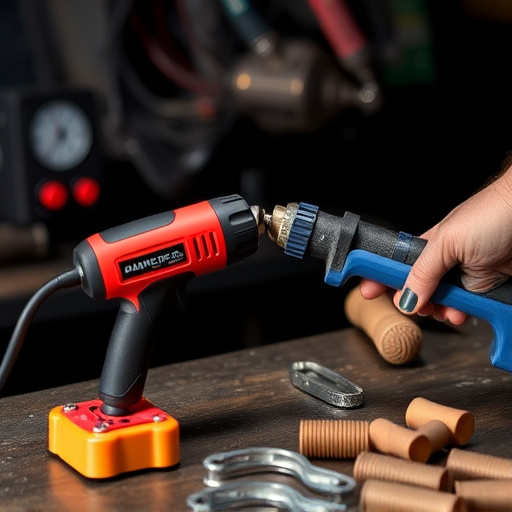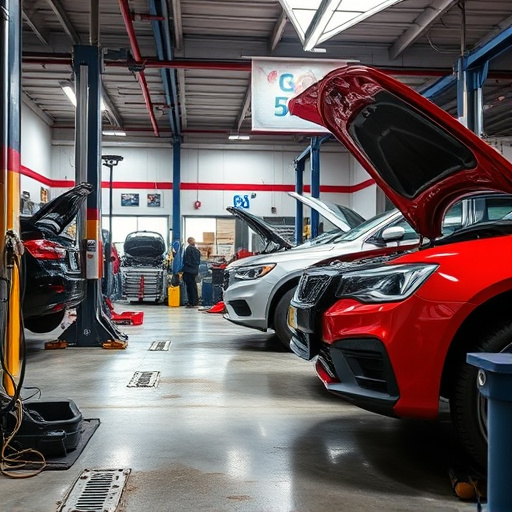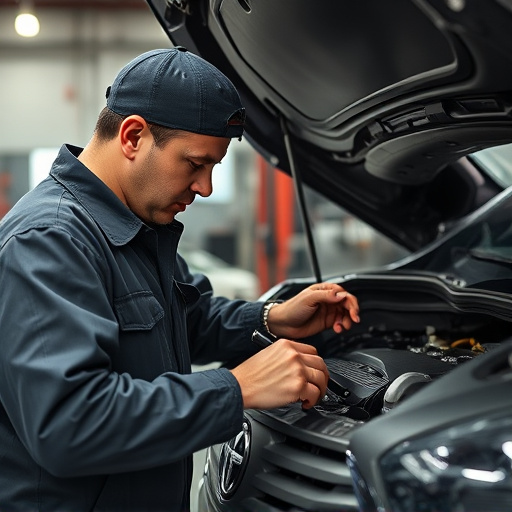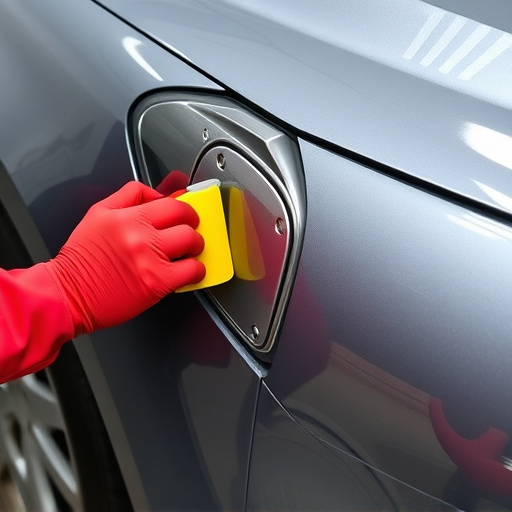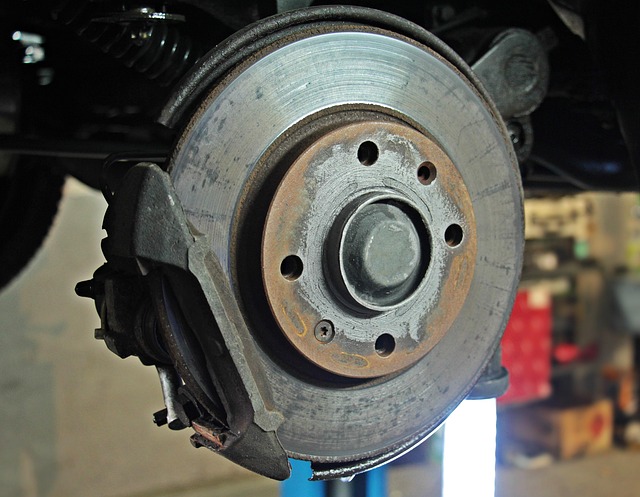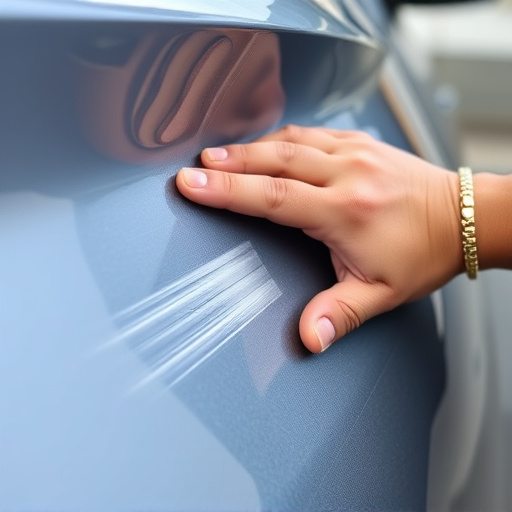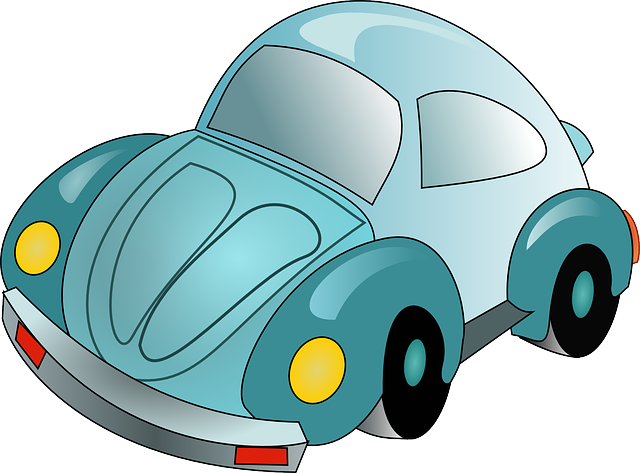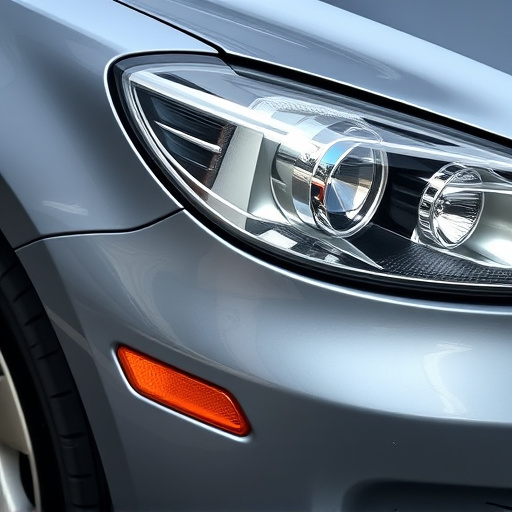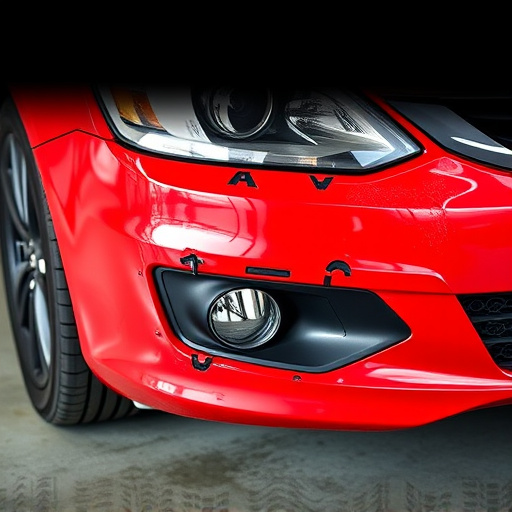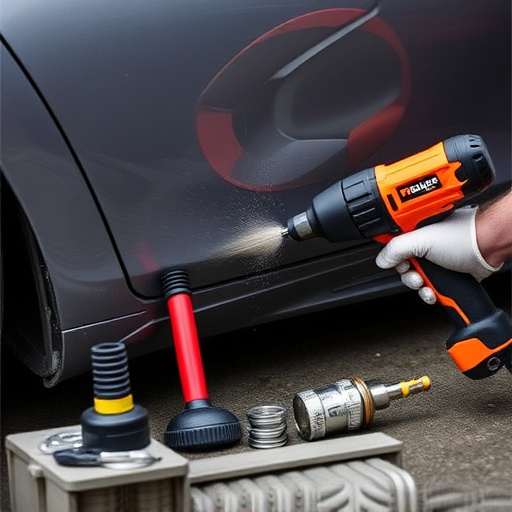Tesla suspension alignment is a crucial service that optimizes vehicle performance, safety, and handling by precisely adjusting shock absorbers, struts, control arms, and other components. While professional services are recommended for most owners to avoid handling issues and safety risks, DIY enthusiasts need advanced mechanical expertise. Regular checks and timely adjustments prevent uneven tire wear, poor handling, and potential damage, enhancing safety, improving dynamics, and prolonging tire life. Proper Tesla suspension alignment maintains structural integrity, ensuring the vehicle's performance and stability over time.
“Dive into the world of Tesla suspension alignment, a crucial aspect often overlooked by owners. This comprehensive guide explores the definition, key components, and risks associated with DIY attempts. From safety hazards and potential damage to legal implications, understanding the intricacies is vital. We’ll outline warning signs that your Tesla needs professional attention, helping you identify qualified mechanics for top-notch repairs, ensuring a smooth and safe driving experience.”
- Understanding Tesla Suspension Alignment
- – Definition and purpose of suspension alignment in Teslas
- – Key components involved and their functions
Understanding Tesla Suspension Alignment
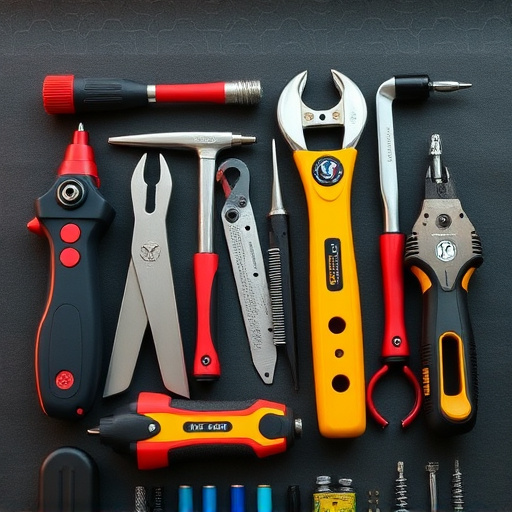
Tesla suspension alignment refers to the precise adjustment of various components within a Tesla vehicle’s suspension system to ensure optimal performance and handling. This process involves careful manipulation of shock absorbers, struts, control arms, and other parts to achieve the ideal ride height, wheel alignment, and steering accuracy. A well-aligned Tesla can offer improved cornering capabilities, better road grip, and reduced tire wear, enhancing both safety and driving enjoyment.
While many Tesla owners opt for professional services from auto body shops or auto repair shops specializing in electric vehicle repairs, some enthusiasts choose to attempt DIY Tesla suspension alignment. However, it’s crucial to understand that this task demands a thorough knowledge of automotive engineering and mechanical expertise. Improper alignment can lead to unpredictable handling, accelerated tire degradation, and potential safety hazards during vehicle repair. As such, those considering DIY methods should weigh the risks carefully and ensure they have the necessary skills or seek guidance from qualified professionals.
– Definition and purpose of suspension alignment in Teslas
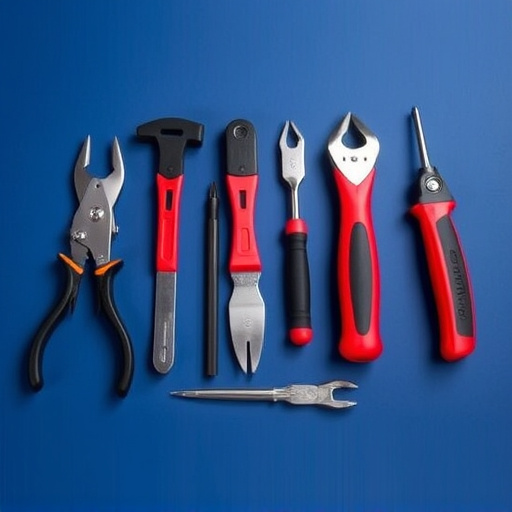
Tesla suspension alignment refers to the precise adjustment of various components within a Tesla’s suspension system to ensure optimal vehicle performance and handling. This process involves realigning parts like control arms, ball joints, and bushings to maintain proper wheel positioning and tire contact with the road. The primary purpose is to enhance safety by improving steering accuracy, reducing body roll during cornering, and prolonging tire life. It also contributes to a smoother ride by minimizing bumps and vibrations felt by passengers.
Proper suspension alignment is crucial for maintaining the integrity of your Tesla’s structure, especially considering the vehicle’s advanced electric powertrain and sleek design. While minor misalignments may not cause immediate issues, over time, they can lead to problems like uneven tire wear, poor handling dynamics, and even damage to the bumper or fender during routine auto repair services. Therefore, regular checks and timely alignments are essential to safeguard your investment.
– Key components involved and their functions
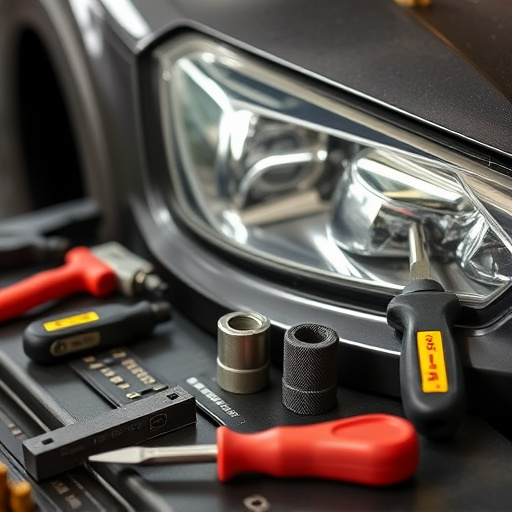
The Tesla suspension alignment involves several critical components that work together to ensure optimal vehicle performance and safety. At the heart of this system are the shock absorbers and struts, responsible for absorbing impacts and maintaining smooth ride quality. These components regulate the up-and-down motion of the wheels, ensuring they remain in proper contact with the road surface.
Additionally, the alignment process includes adjustments to the control arms, ball joints, and tie rods—all integral parts of the steering and braking systems. The control arms facilitate wheel movement while maintaining stability, while ball joints connect these arms to the vehicle’s chassis, enabling smooth rotation. Tie rods, acting as connectors, ensure accurate transmission of steering inputs, allowing drivers to navigate turns with precision. Maintaining these key components is crucial for not only preserving the vehicle’s performance but also safeguarding its structural integrity within the auto bodywork.
While DIY Tesla suspension alignment can be tempting for enthusiasts, it’s crucial to weigh the risks. The intricate system of your Tesla’s suspension is designed for optimal performance and safety, so any misalignment could lead to reduced handling, uneven tire wear, and potential driving hazards. Before attempting this task yourself, thoroughly research the process and ensure you possess the necessary skills and tools. Remember, a professional alignment service can provide precise results, maintaining your Tesla’s integrity and ensuring a smooth, safe ride for years to come.
